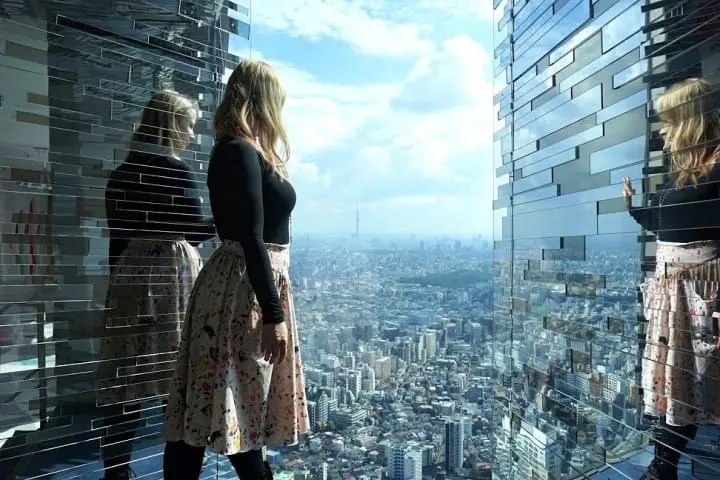Omisoka Unveiled: Exploring Japanese New Year's Eve Customs

December 31 (New Year's Eve) is called Omisoka in Japan. There are several customs for New Year's Eve that have been in existence since long ago. If you are in Japan on this day, how about enjoying some of these customs?
Omisoka: New Year's Eve in Japan

Omisoka is the Japanese word for New Year's Eve or December 31 of every year.
In Japan, there are a few customs practiced on this day. Let's learn more about them and where they can be enjoyed.
There are several words and phrases that mean "the end of the year" in Japanese.
Some of the most basic are "nenmatsu" and "toshi-no-kure". "Matsu" and "kure" are words for "the end of ~", so both phrases mean "the end of the year".
"Toshi-no-se" is also a quite popular word. This phrase is used to express the "busy season in December". People will say in mid-December that "the toshi-no-se is coming", or that "the toshi-no-se has come" in late December.
Likewise, "omisoka" also stands for the end of the year.
Omisoka, the Day to Prepare for the New Year

The day after omisoka is January 1, New Year's Day, which is called "shogatsu" in Japan. Shogatsu is the day when Toshigami-sama, the guardian deity of the New Year and of people's homes, is welcomed to everyone's houses. In other words, December 31 is the day when everyone prepares to welcome this deity.
For example, the house is cleaned of dust in a ritual called "susuharai", and kadomatsu decorations using pines, on which gods are said to descend from heaven, are placed on both sides of the home doors. The kadomatsu are signs for the deities so that they don't get lost when coming to our homes.
A shimenawa rope used in Shinto rituals is also placed above the front door in order to welcome the Toshigami-sama.Kagamimochi (sweet rice cakes) are offered to the Toshigami-sama on the kamidana (a household altar). If you pass by a Japanese home around the New Year, you'll be able to see such New Year decorations.
Read also
The kadomatsu and shimenawa decorations should be done by December 28. It's thought that if these decorations are set up on the 29, 30, or 31 (omisoka), the new year will be full of suffering and that preparing in just one night for the coming of the Toshigami-sama lacks sincerity.
The preparations for the New Year should be all finished by Omisoka, and then you wait peacefully for the New Year to come. It is customary to eat a dish called Toshikoshi Soba on Omisoka. It consists of soba noodles, which symbolize long life and health.
This is the Japanese way of spending New Year's Eve.
Experience New Year's Eve Customs in Japan

Ceremonies for welcoming the New Year on Omisoka are held at shrines and temples.
At shrines, a ceremony is held to purify all uncleanliness of the year. On the Buddhist side, the joya no kane bell is rung to remove the 108 worldly desires that mislead the soul and body. There are differences depending on the type of shrine or temple, but usually, visitors can also participate or watch, so we recommend stopping by a shrine or temple on New Year's Eve.
A countdown event is also held at the bustling Shibuya Scramble Crossing. Although it isn't a traditional custom, it's a new trend that has become more and more popular in recent years. You might also want to stop by and experience this event as well.
日本への訪日外国人の方が、もっと増えますように!








































![[Coupon Available] Attention Overseas Winter Sports Fans! Nagano's Sports Depot Has Evolved](https://resources.matcha-jp.com/resize/720x2000/2026/01/05-254819.webp)
![[2 hours from Tokyo ] 10 Quiet and Breathtaking Views of Mount Fuji in Yamanashi Hokuto City , Yamanashi - Part 2](https://resources.matcha-jp.com/resize/720x2000/2025/12/16-253037.webp)

![[Reopening in March 2026] Ikoma Sanjo Amusement Park Park, 45 minutes from Osaka , with free admission](https://resources.matcha-jp.com/resize/720x2000/2024/08/28-194409.webp)